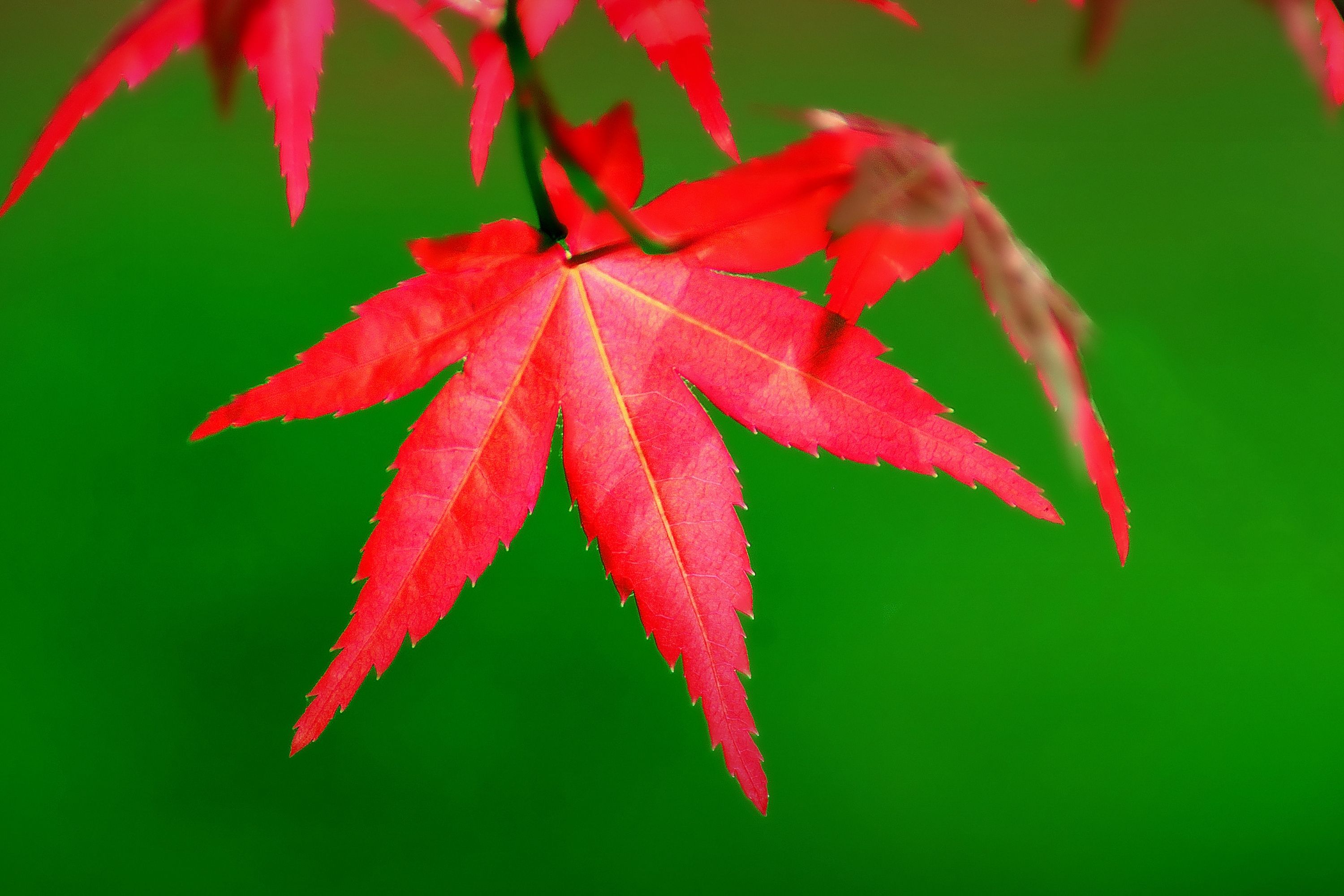Red maple
(Acer rubrum)

Description
Acer rubrum, commonly known as the Red Maple, is a deciduous tree native to the eastern and central regions of North America. The tree is widely cultivated for its brilliant autumn foliage and hardy nature. This article will provide an in-depth exploration of the plant, covering its history, description, distribution, cultivation, and uses. History and Taxonomy: Acer rubrum was first described by Carl Linnaeus in 1753. The species name, rubrum, is derived from the Latin word for red, referring to the tree's vibrant autumn foliage. The tree is a member of the Sapindaceae family, which includes other well-known species such as soapberry and horse chestnut. Description: Acer rubrum is a medium to large-sized deciduous tree, growing up to 30-40 meters tall in its native range. The tree has a dense, rounded crown, with a straight trunk that can reach up to 60 cm in diameter. The bark is grayish-brown, smooth when young, but becoming rough and fissured as the tree ages. The leaves of Acer rubrum are typically 5-10 cm long and wide, with three to five pointed lobes. The leaves are dark green in summer, turning brilliant shades of red, orange, and yellow in the fall. The flowers of the tree are small, red or yellow, and appear in early spring before the leaves emerge. The fruit of Acer rubrum is a paired samara, with the two wings spreading out at an angle of 60-120 degrees. Distribution and Habitat: Acer rubrum is native to the eastern and central regions of North America, ranging from Newfoundland and Labrador to Florida, and as far west as Minnesota and Texas. The tree grows in a wide range of habitats, from wetlands to upland forests, and is a pioneer species, often colonizing disturbed areas such as roadsides and clearcuts. The tree is also commonly found in urban and suburban areas due to its tolerance of pollution and compacted soils. Cultivation and Propagation: Acer rubrum is widely cultivated as an ornamental tree due to its attractive foliage and hardiness. The tree prefers moist, well-drained soils, but can tolerate a wide range of soil types, including clay and sand. The tree can be propagated from seed, which is best collected in the fall and sown immediately, or from softwood cuttings taken in late spring or early summer. Grafting is also a common method of propagation for cultivars. Uses: Acer rubrum has a range of uses, both practical and aesthetic. The wood of the tree is used for furniture, flooring, and veneers, and is also a popular choice for firewood. The tree is also tapped for its sap, which is used to produce maple syrup and maple sugar. In addition to its practical uses, Acer rubrum is widely planted as an ornamental tree in parks, gardens, and along streets. The tree's vibrant autumn foliage is a particular highlight, with shades ranging from deep red to bright yellow. Conclusion: Acer rubrum, or the Red Maple, is a versatile and hardy tree that is widely cultivated for its aesthetic and practical uses. The tree's vibrant autumn foliage and tolerance of a wide range of soil types and growing conditions make it a popular choice for gardeners and landscapers alike. With its extensive range and long history in North America, Acer rubrum is a symbol of the continent's natural beauty and resilience.
Taxonomic tree:







